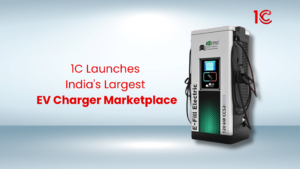
Menu
Menu
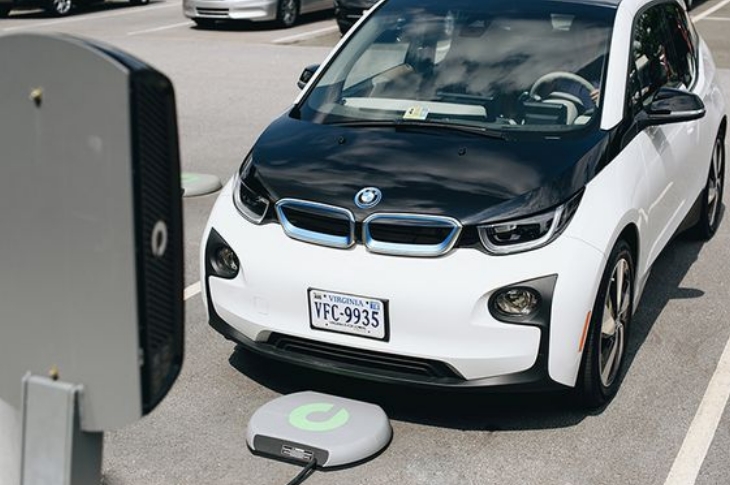
Wireless EV charging transforms how electric vehicles charge by enabling them to charge without physical connections. Using methods like magnetic induction or resonance, this technology transfers power from a ground charging pad to a vehicle’s receiver. This eliminates the need for cords or plugs. The efficiency, continuous testing, and various applications, such as integrating it into roads, show how wireless EV charging can impact the use of an EV in the future.
Wireless EV charging is a technology where an EV charges directly without using any cable, connector, or chord. That allows electric vehicles to charge without physical connections. It uses methods like magnetic induction or resonance to transfer power. The power transfers from a charging pad on the ground to a receiver on the vehicle without any cable or plugs.
In electric cars, the process involves a ground pad and a pad attached to the EV that creates an electromagnetic field for charging.
Unlike smartphone charging, EV inductive charging allows for a larger air gap and makes alignment less critical.
Companies like WiTricity are testing and retrofitting EV models with wireless charging technology.

Also Read: CHAdeMO Fast EV Charging
The advantages of wireless EV charging are:
Electric vehicle users experience convenience as an EV can get regular charging while the vehicle is in motion.
It supplies AC voltage that undergoes power factor correction and generates high-frequency AC for transmission.
AC voltage is converted to DC, and the battery is charged via BMS (Battery Management System).
Generates AC power at the receiver side and gets battery via a power converter.
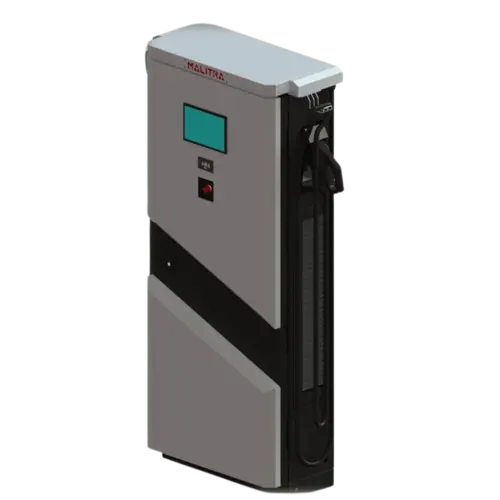

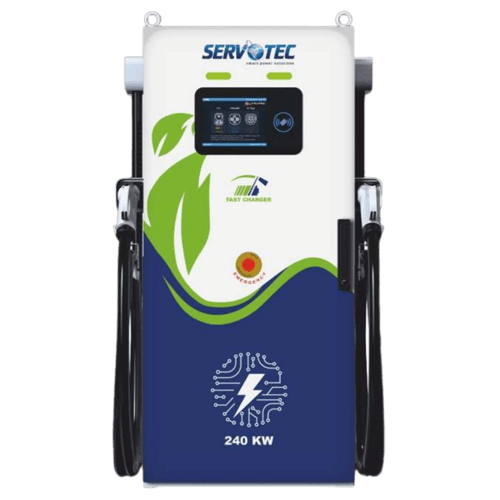
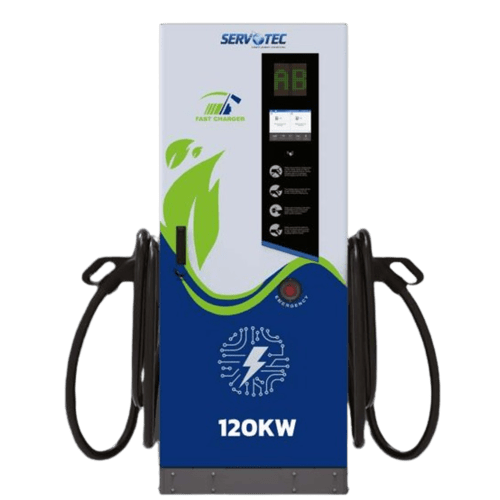
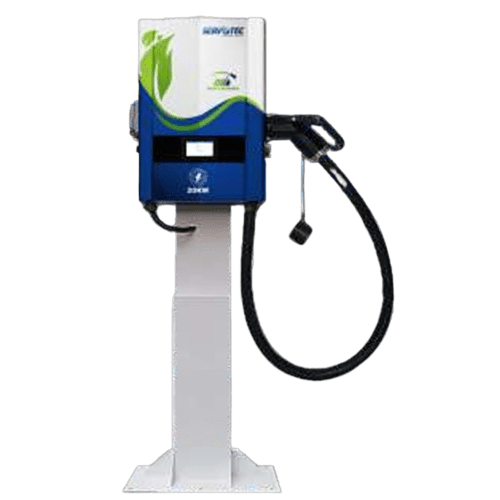
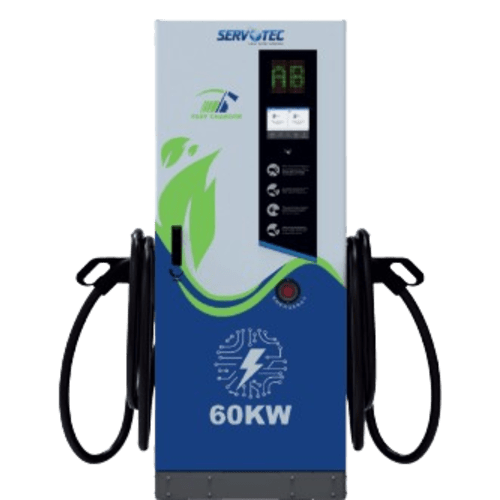
© 2024 Massive Mobility Private Limited. All rights Reserved